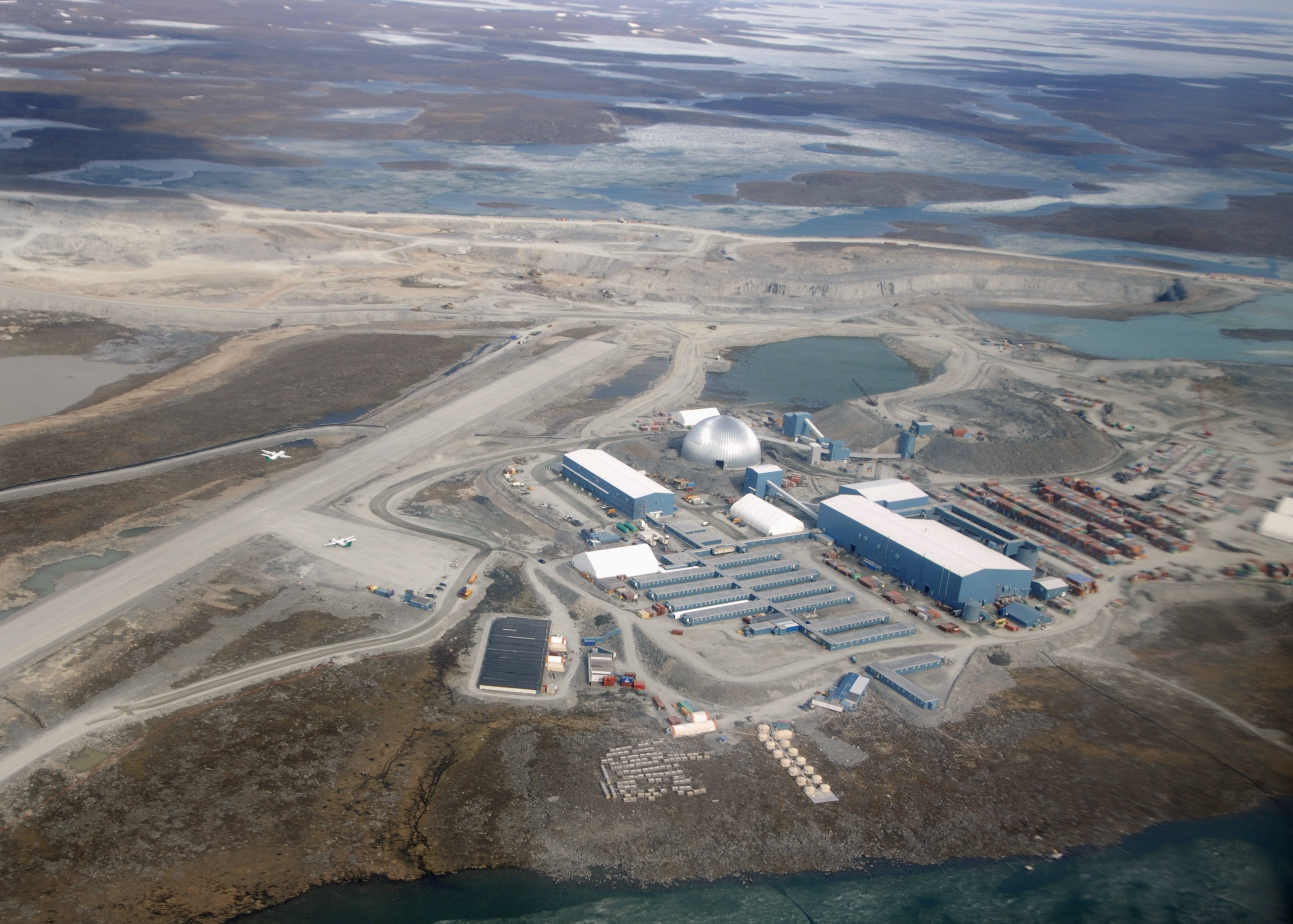Canadian regulators predict plunge in Nunavut mineral exploration
Land-use planning and access issues are to blame for a drop in interest, industry says.

Mineral exploration is expected to take a steep dive in Nunavut this year, and industry representatives are blaming the territory’s land access issues and land-use planning talks for the decline.
Natural Resources Canada, which tracks how much the mineral exploration industry plans to spend in Canadian jurisdictions each year, released a report last month that projects annual spending of $100.7 million in Nunavut for 2018. That’s a 35 percent drop from $169.3 million in 2017.
It would also be the third consecutive year that Nunavut has seen a decline in mineral exploration.
The neighboring Northwest Territories is also expected to see a drop in mineral exploration. The industry expects to spend $81.3 million there in 2018, down 10 percent from $90 million in 2017.
Yet the Yukon expects to see a boost in mineral exploration. It’s expected to see $172.3 million spent, up four percent from $165.1 million in 2017.
And Canada as a whole is projected to see a growth year in mineral exploration, with projected spending of $2.238 billion, up 6 percent from $2.111 billion in 2017.
The N.W.T. and Nunavut Chamber of Mines faults land-use planning confusion for the forecasted declines in the jurisdictions it represents.
“Our members tell us that uncertainties and difficulties around accessing land is a major contributor to reduced exploration investment in both territories,” said the chamber’s president, Gary Vivian, in a news release.
“Nunavut has to address its land access issues.”
The chamber is likely referring, in particular, to the draft Nunavut land use plan released in mid-2016.
The plan, if approved, would ban industrial development in big swaths of the territory to protect caribou calving grounds and bird sanctuaries.
“We think it will seriously damage the economy of Nunavut, and limit benefits for Nunavummiut and Nunavut,” chamber representatives wrote about the draft plan in an open letter last year. “We do not think that this approach will give any better protection for wildlife.”
The chamber is far from being alone with these concerns.
Nunavut Tunngavik Inc. and the territory’s three regional Inuit organizations have similarly denounced the draft plan, fearing that it will hurt economic development on Inuit-owned lands.
These Inuit groups have also expressed concern that the draft plan, if enacted, could thwart the proposed Kivalliq-Manitoba road route and the Grays Bay road and port scheme.
The Government of Nunavut has shared similar reservations, saying that the protected areas will stifle economic development in Western Nunavut.
Nunavut’s Conservative senator, Dennis Patterson, also dumped on the plan, which he said “everybody except the World Wildlife Fund is seriously dissatisfied with.”
Following widespread criticism of the draft plan, the Nunavut Planning Commission postponed plans to hold regional hearings in the Kitikmeot and Kivalliq in mid-2017.
New hearing dates still haven’t been announced.